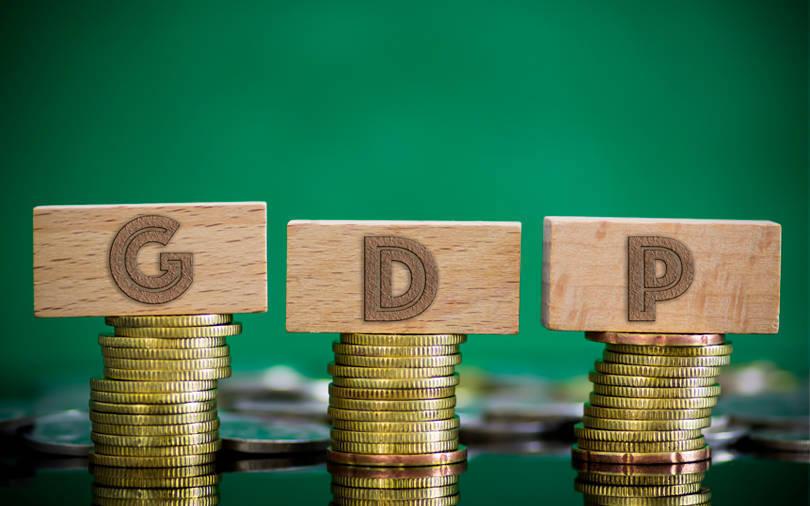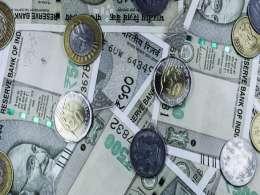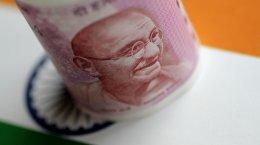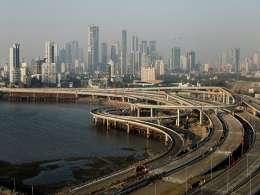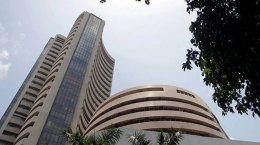India’s gross domestic product expanded at a sharply slower pace for the quarter and year through March 2020, as the coronavirus pandemic began to hammer an already slowing economy.
Asia’s third-largest economy grew 3.1% in the January-March quarter compared with 5.7% a year earlier, government data showed on Friday. Full-year growth for 2019-20 slipped to 4.2% from 6.1% the year before.
Manufacturing output shrank 1.4% in the fourth quarter, compared with a 0.8% fall in the previous quarter, while farm output rose 5.9% from 3.6%, the data showed.
The numbers are slightly better than analysts’ expectations, but they reflect only a partial impact of the nationwide lockdown the government imposed in late March to halt the spread of the coronavirus pandemic. The full impact of the lockdown will be felt only by the end of the current quarter and financial year that began in April.
The government also sharply revised downwards its estimates for the first three quarters of 2019-20, and said it may change the growth estimates for the fourth quarter as well.

According to the revised estimates, the economy expanded 5.2%, 4.4% and 4.1% for the first, second and third quarters of 2019-20, respectively. The fourth-quarter print of 3.1% is the lowest in at least eight years.
The full-year number is far below the government’s own estimate. In its annual budget presented in February, the government had estimated economic growth for 2019-20 at 5%, the lowest in a decade.
Growth is widely projected to slow further. Upasna Bhardwaj, senior economist at Kotak Mahindra Bank, said GDP is likely to record a sharp contraction of over 14% for April-June, with only a gradual recovery thereafter.
For 2020-21, she expects GDP to contract over 5%. “Accordingly, expansionary fiscal and monetary response will have to continue to aid the economy,” Bhardwaj said.
Fiscal stimulus
The government, however, has limited room for a large fiscal stimulus. And another set of data released on Friday highlights the challenge it faces.
India’s fiscal deficit for 2019-20 came in at 4.59% of GDP, missing the revised estimate of 3.8% by nearly 80 basis points. This means the government will be reluctant to offer much fiscal relief to companies and people hit by the pandemic.
Separately, numbers released by India’s commerce ministry signalled an extremely sharp decline in industrial production in April, with the core sector output declining 38.1% over the year-ago period.

This represents the cumulative growth trajectory for eight core sectors that include coal, electricity, crude oil, cement and steel. In March, when the economy began shutting down, the core sectors had contracted 6.5%.
Among the hardest hit sectors in April were steel and cement, whose production collapsed more than 80%.
Natural gas, electricity and refined products were the other sectors whose production contracted by a fifth or more over the previous year.
The industrial output data for April indicates the deep pain India faces, especially as the impact of the mass labour migration becomes clearer.
Moreover, the fact that the growth rate for gross value added (GVA) for the fourth quarter at 3% was nearly the same as the overall quarterly growth rate, suggests that tax collections for the period likely slumped considerably.
